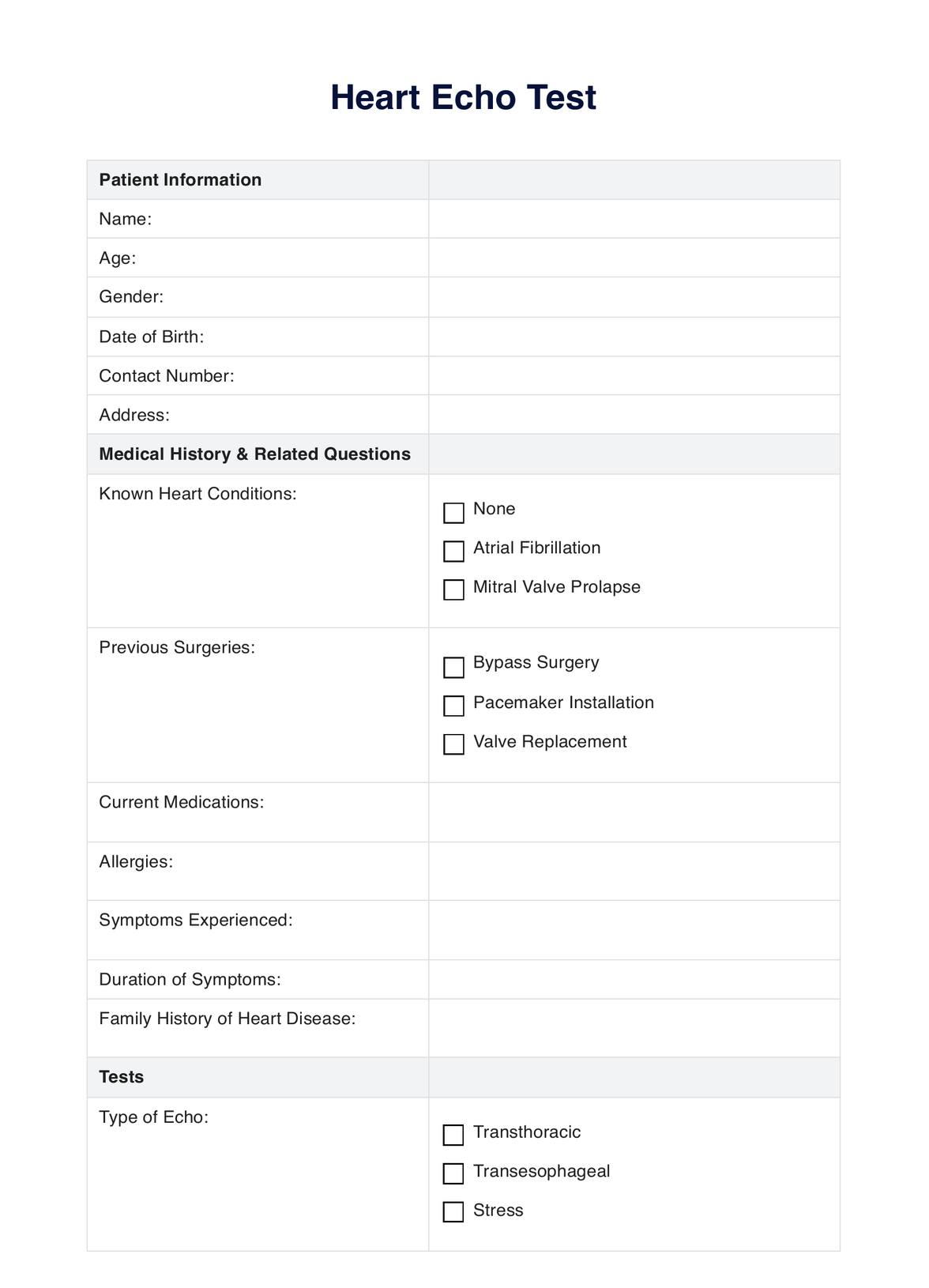Carepatron offers an integrated approach, combining an online patient portal with a telehealth platform, ensuring seamless communication and top-notch patient care.

Discover the benefits of using Carepatron for Heart Echo Tests. Seamless communication, telehealth capabilities, and top-notch patient care await!
Carepatron offers an integrated approach, combining an online patient portal with a telehealth platform, ensuring seamless communication and top-notch patient care.
Absolutely! Carepatron prioritizes patient confidentiality and uses advanced encryption to ensure all medical data remains secure.
Yes, Carepatron is designed to be accessible across various devices, including smartphones, tablets, and computers, ensuring flexibility for healthcare professionals and patients.
EHR and practice management software
*No credit card required
Free
$0/usd
Unlimited clients
Telehealth
1GB of storage
Client portal text
Automated billing and online payments